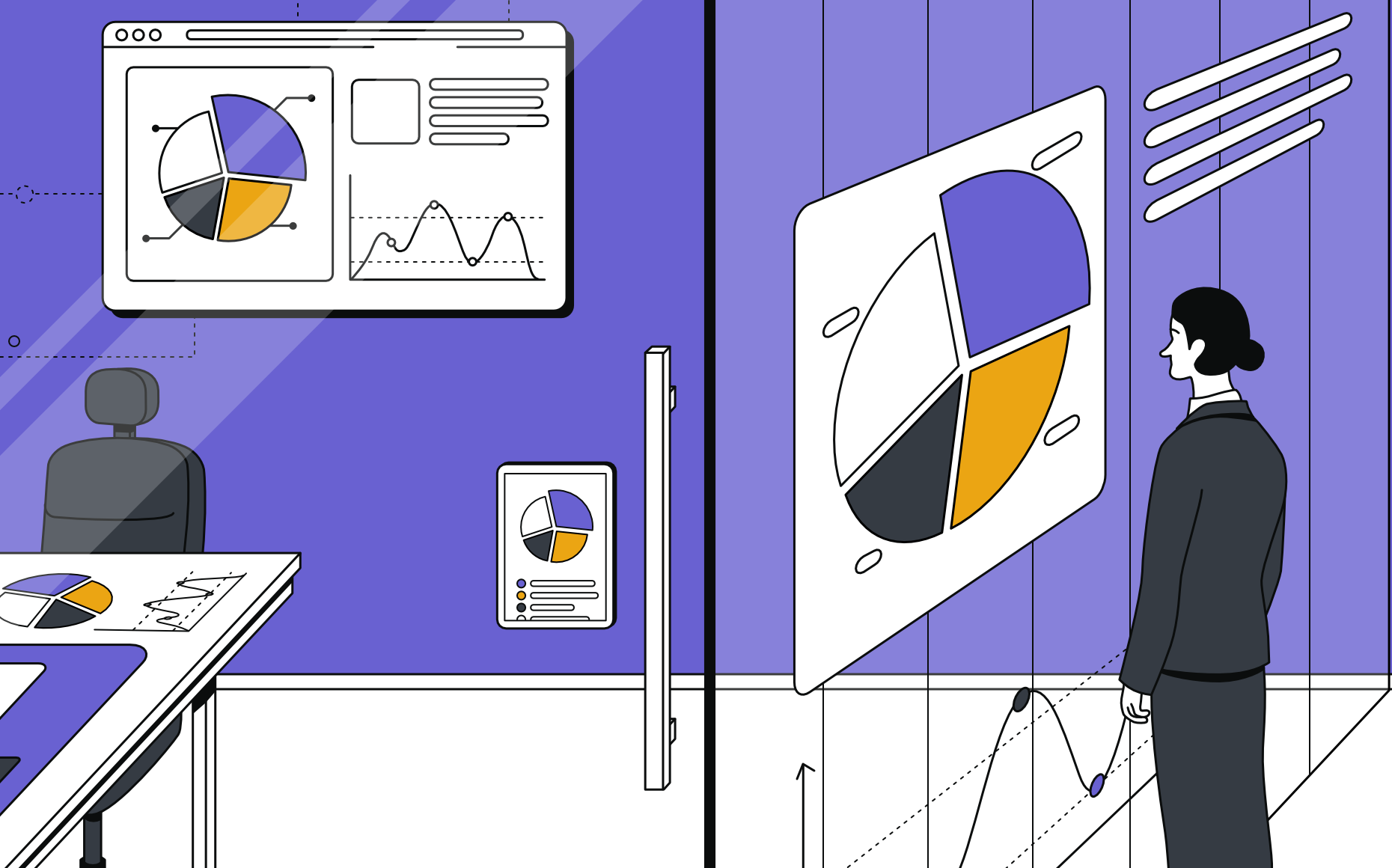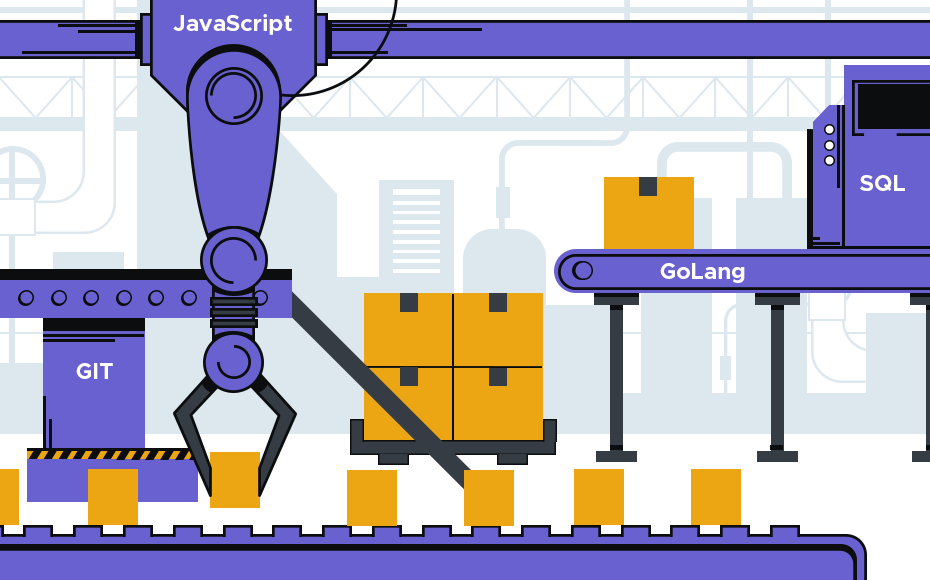There’s a huge shortage of qualified business analysts, so many organizations are looking for ways to help business users to execute queries on their own. Even in companies that are fully staffed with analysts, business users want to answer queries quickly and independently, without needing to call an analyst.
Among bipp’s clients, one example we’ve seen is supply chain planners who want to have more control over their exploration. These planners are constantly evaluating supply, demand, and inventory. They look at a dashboard and go to a specific tile or report within it. They start playing with various filters to see what would happen if they filter out data from the report. These users are curious. They have questions and want to slice and dice data on their own.
In short: These users want to conduct ad hoc analysis, also known as ad hoc reporting. They want to extract insights from data on an as-needed basis, rather than rely on analysts or previous reports for insights.
Legacy business intelligence tools don’t enable ad hoc analysis
Before the arrival of modern business intelligence tools, business users would have to go to the analyst team, tell them their question, and ask how to get the answer. The analysts would often be huddled in a dark cubicle, where they’d make a query, generate an overly-complex report, print it out, then share it with their business users.
Today, nearly every business intelligence (BI) platform allows ad hoc analysis, but it’s hard for business users to do on their own. They can’t do a lot of reporting without having data analysts write SQL queries. So there will often be a point where they have to go back to the technical team to get help.
The challenge for these platforms is the way they’re designed. They rely on analysts to curate data so business users can click and get the information they want. Every time a user needs to answer a question, the analyst has to create a new extract or subset of data and do the background work so the user can leverage it.
Enterprise-grade BI platforms allow ad hoc reporting
Business users are also very curious. They want to explore within a specific report and do things like add filters or remove columns within a given report. And most importantly: They want to do this ad hoc reporting on their own without having to call an analyst every time they want to answer a new question.
The most modern enterprise-grade business intelligence platforms adapted their tools and design to allow for ad hoc analysis. They include features like interactive dashboards and slicing and dicing that allow users to answer questions that drive critical business decisions.
A key aspect of these platforms is their in-database structure. Their analytics tools are built directly into the database. There’s no layer between the data and the dashboard, so users can rest assured the data they’re looking at is the freshest, most real-time data available.
bipp is one such platform. It’s designed so that analysts can write down the schema and business logic around the data model, using the bipp’s data modeling layer. Once you’ve defined the data models, business users can explore data on their own, create dashboards, trust their visualizations and easily filter them in real-time
The end result is that analysts and business users can both focus on what they know best. Data analysts can take the complicated schema they know about the database and write that data model in bippLang. Once they do this, business users can leverage this data model and carry out ad hoc reporting without needing to call the technical team every time they want to answer a new question.
Visit https://bipp.io/request-demo/ to explore bipp’s features and learn how it can speed your time-to-insight with enterprise-grade business intelligence.







